
All gardeners make mistakes.
It could be sowing all your seeds at once – who has time to spread out planting while at the same time remembering where the seeds are hidden in the soil?
Or that mistake could be completely beyond your control, as in not preparing your garden for multiple days of rain, unrelenting hail or a severe drought. Even a swarm of voracious leaf-eating insects can do a lot of damage overnight while you sleep.
Nature is always there to keep you on your toes.
Yet, we need to eat to live, and we like to eat well. So, we must learn to work with nature rather than against it if we are to thrive.
Where am I going with all of this? Chemicals.
Namely chemicals in the production of food.
It’s hard to fathom, but the use of synthetic pesticides began in the United States in the 1930s. That leaves us with almost 90 years of polluting the soil.
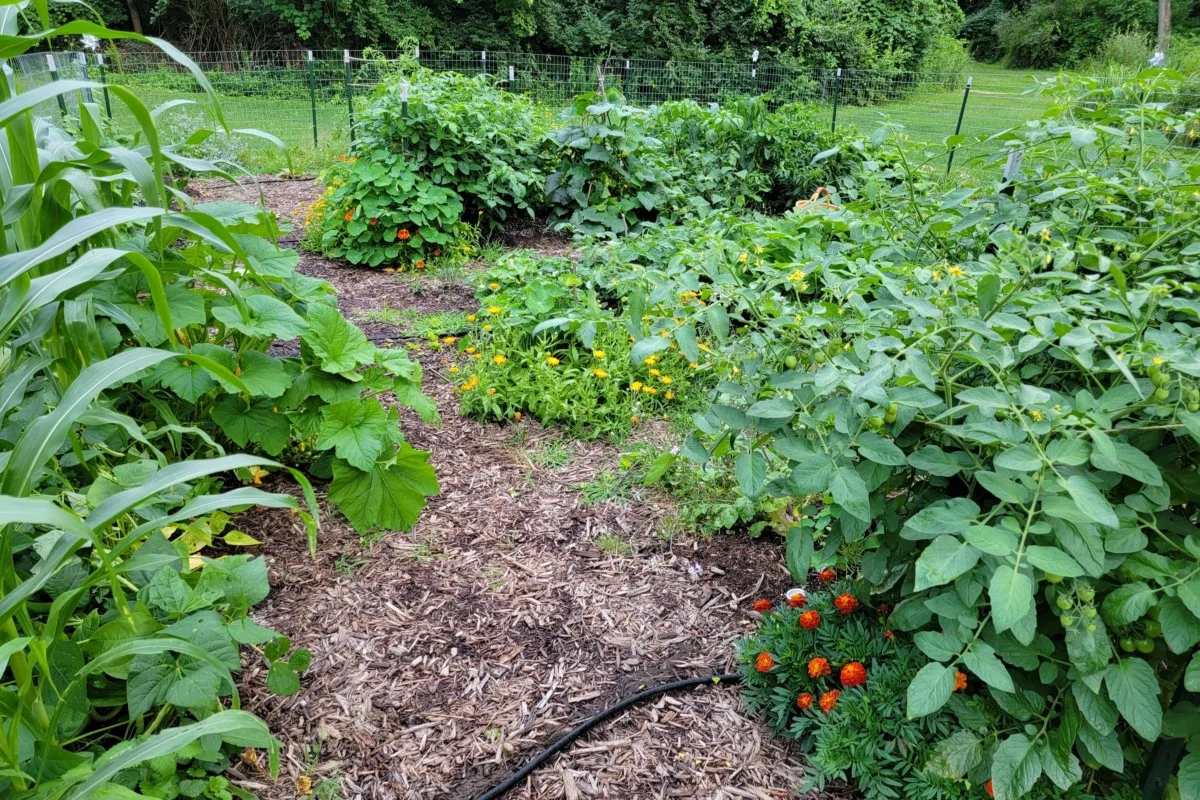
We often like to think that our grandparents and great-grandparents ate superior food. In a way, they did. The raw ingredients were of a far better quality than many things grown today. Though the truth is food has been modified for longer than we think.
Don’t despair. There is a way out of this mess. It’s called regenerative agriculture.
When we do no harm to the land, focusing on improving the soil and the earth instead, nutrient-dense food is the end result. And it all starts with organic gardening.
Principles of Organic Gardening
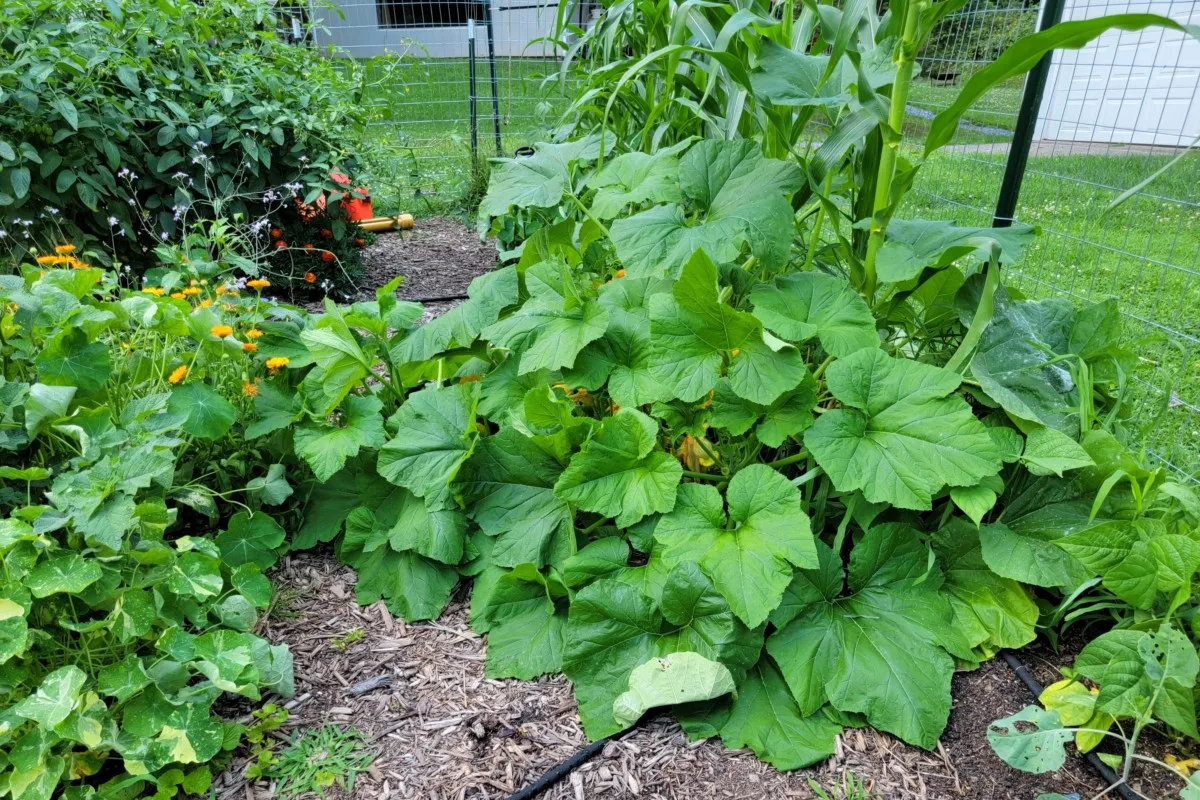
It’s no secret that organic food tastes better, has more nutrients and it’s healthier for you too. In doing something good for yourself and your family, you’ll also be creating disease-resistant plants, reducing soil erosion. At the same time, increasing soil fertility and enhancing local biodiversity when you garden organically.
Sounds too good to be true? It’s not. Organic produce is always better, hands down, whether you are eating meat, fruit, vegetables or all of the above.
Let’s take a quick look at the main principles of organic gardening:
- Build and maintain good health of the soil. The quality of soil is an excellent indicator of how well your crops will succeed with minimal input.
- Uplift biodiversity. The more beneficial insects and pollinators you can attract, the healthier your garden ecosystem will be.
- Refrain from using harmful chemicals. Including pesticides, herbicides, and fungicides that do more harm than good.
- Hoe or pull weeds manually. Where there is soil, there will be weeds, but herbicides are never the answer. Instead, utilize mulch to discourage weeds which, at the same time, will improve water retention in the soil too.
- Use natural resources responsibly. This includes water, energy, fertilizers and containers for growing.
For as long as I’ve been growing a garden, way more than fifteen years, it’s always been maintained organically. I’m here to tell you it doesn’t have to take more time or money to keep. At least on a small, home-scale.
Organic certifications will obviously change the matter for larger commercial growers, yet for most of us backyard gardeners out there, there’s nothing to lose but the chemicals.
If you firmly believe that growing organically is better, let’s take a look at some common mistakes new gardeners make. Be a wise gardener and take notes.
1. Not Planning Before Planting
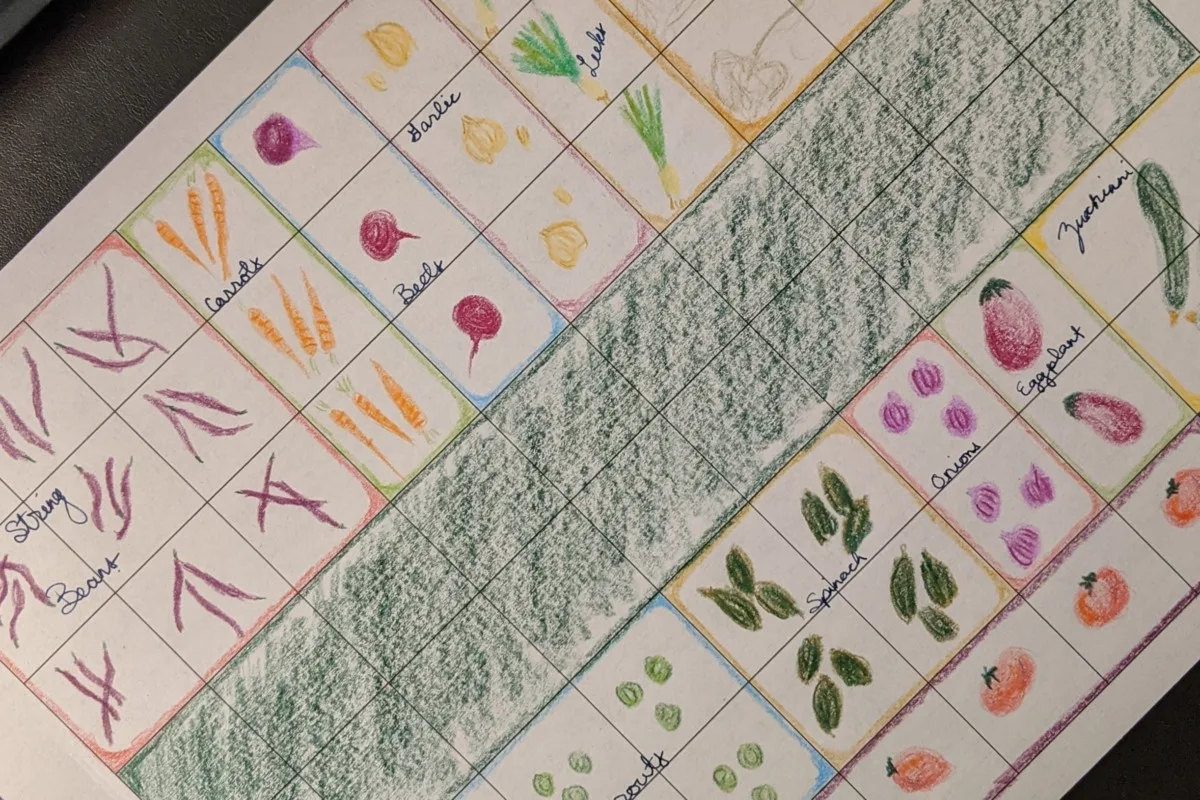
Gardeners are at all stages of learning.
One thing is for certain, from novice to beginner, we all have the chance to make mistakes. Some make bigger ones, others smaller, some harmful, while others won’t hurt a fly.
Elizabeth goes over 30 veg gardening mistakes that she sees gardeners make all the time. It’s well worth the read, no matter if you consider yourself a conventional gardener, organic gardener or you find yourself somewhere in between.
You might find yourself choosing the wrong seeds – for the soil in your garden, for the amount of sun/shade, for the climate, etc.
It’s entirely possible to choose the wrong growing medium for starting seeds, planting the seeds too deeply or sowing them at the wrong time.
The only way out of making so many gardening mistakes is by gathering experience.
Usually, we don’t make the same mistake more than once.
But sometimes we do. I’m often sowing too many parsley seeds in one spot, in which case the roots don’t grow as a store-bought root would. But I have loads of parsley greens, so I’m happy.
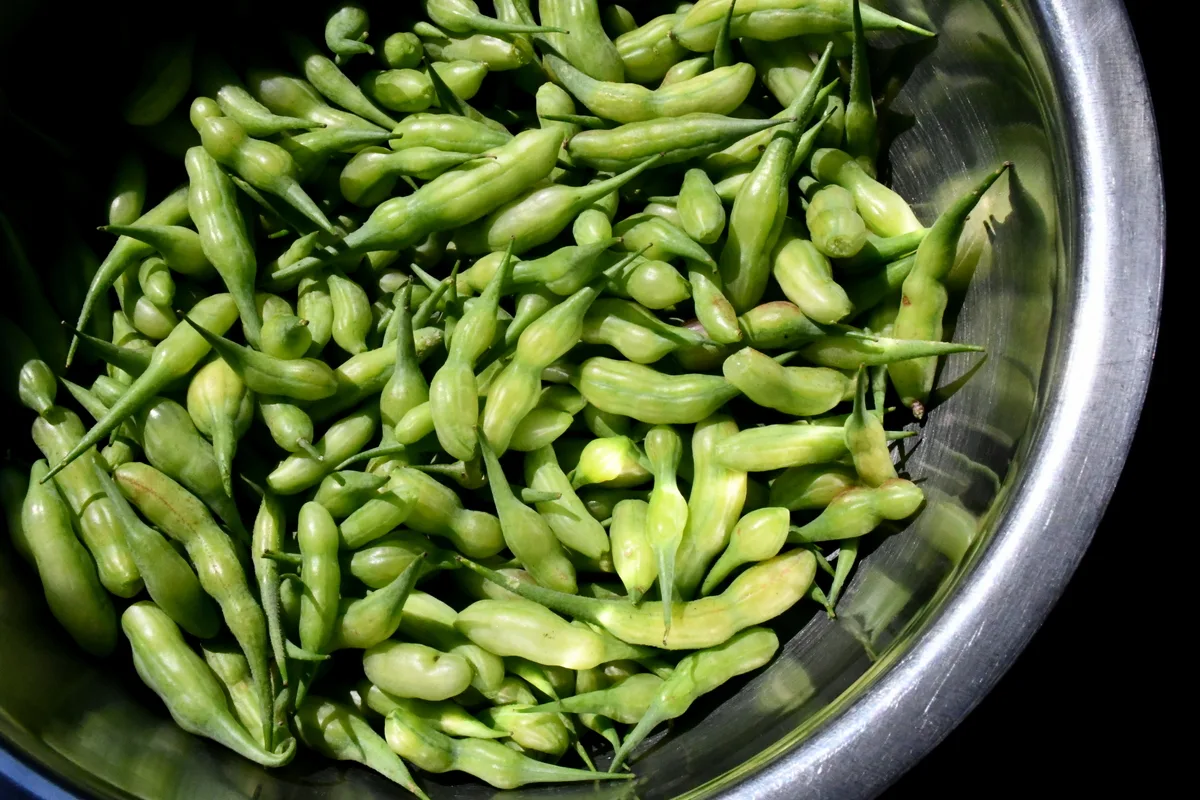
Flowers attract a lot of insects, then you are left with radish pods for salads and pickling.
What I’m really trying to say here, is that planning your organic garden comes with experience. It’s about knowing what plants can tolerate shade and which ones are best in full sun. You need to know your soil type and what you can grow in it.
Knowing when to plant is essential. Which comes first – cabbage seeds or garlic? It all depends on what season you are in.
No matter what your garden style is, you need to start thinking in a cyclical nature. For example, garlic can be planted in fall. When it comes up in spring, we know right where to plant your kale, broccoli or carrots. Make a garden sketch to try and work it all out, but leave plenty of room for other plants to make it in real life.
2. Fighting to Eliminate Pests
We all make mistakes. Even people who graduated from universities with degrees in horticulture and environmental protection. Yep, that’d be me and my husband respectively.
During our first year of homesteading in Hungary we woke up one morning to a massive black moving beast, i.e. thousands of black, spiky caterpillars devouring a large patch of nettle in the back of the garden. Assuming that they would quickly move onto the vegetable garden, or our beloved mulberry trees, my husband quickly culled their numbers by scything the nettle stalks down and stomping them to death.
Mind you, this was in the days before the internet, so a quick reference was not at hand.
When we did find out what we had done, killed the potential for hundreds of European Peacock Butterflies to emerge, we felt more than bad.
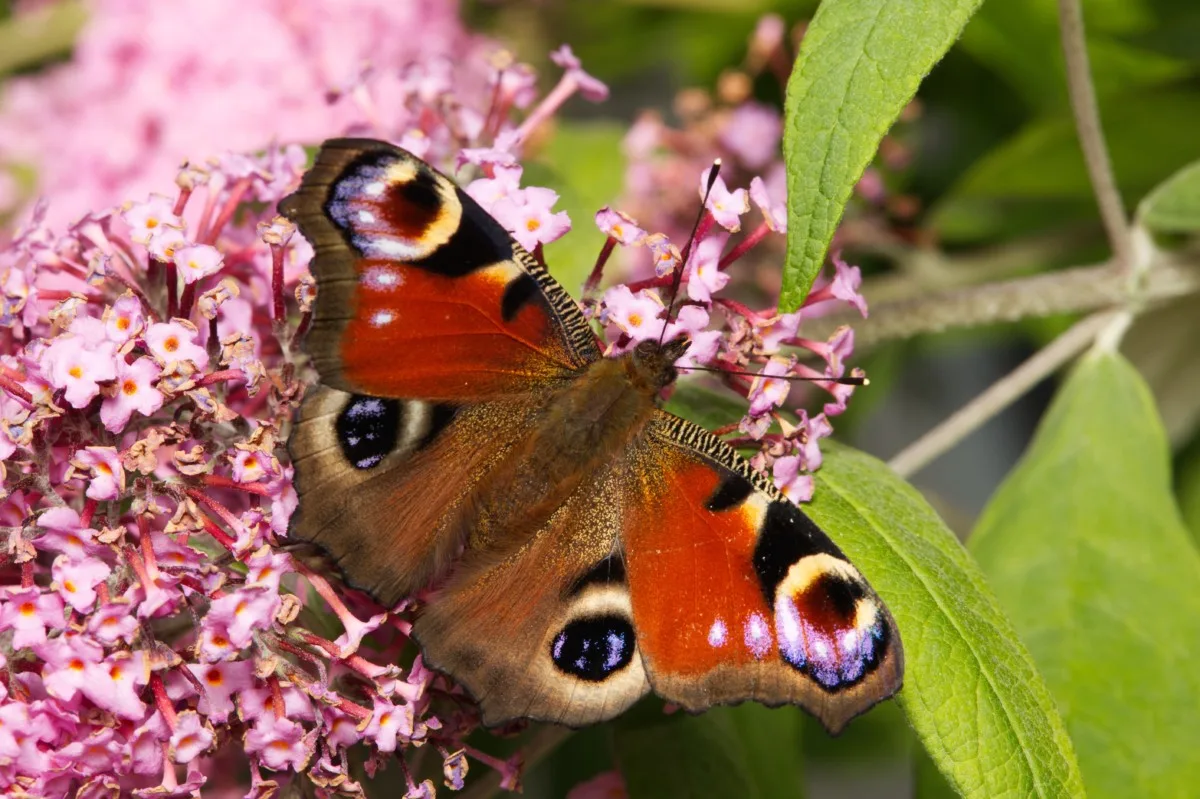
Miserable even. And we vowed to never let our instinct of a potential threat, get in the way of our desire to garden organically.
There’s a big lesson in the so-called fight to eliminate pests.
Insects will always be out there, vast numbers and species of them. It’s impossible to know how many or where they will travel to find food.
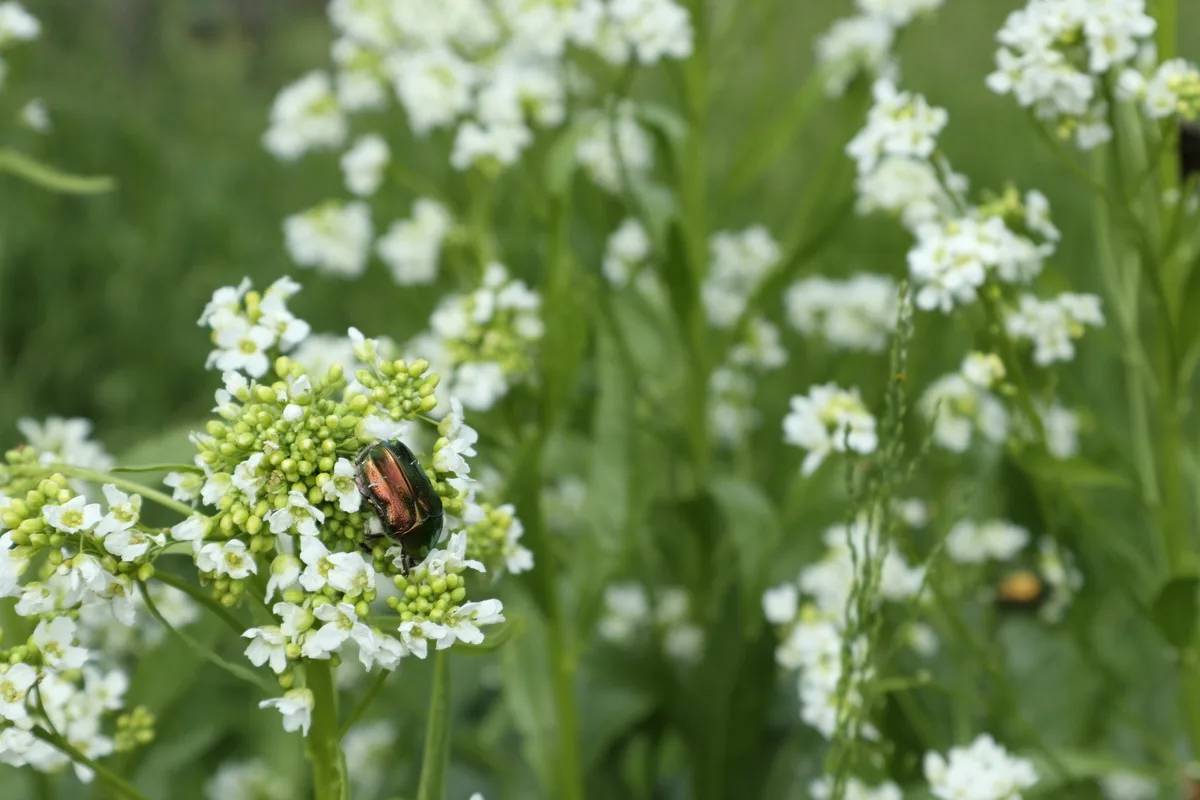
We need to remember that all insects are beneficial, each in their own way. Who are we to control their numbers?
At the same time, with the amount of insects in decline, we should be doing everything in our power to make our gardens insect-friendly. Which, by extension, means not spraying anything harmful.
You can rewild your garden, attract lacewings, or plant flowers and perennials to attract bees, butterflies and other important insects.
Whatever you do, practice being tolerant of all insects. Most of them are around for a very short period of time, then they will leave until next year, or emerge 17 years from now. Not every time do they severely damage your crops. If they do, maybe you could take a small loss in favor of boosting insect numbers worldwide. It’s all about finding balance.
3. Buying Into Quick Fixes for Dealing With Plant Pests and Diseases
I get it. It feels easier to seek the “organic” option of the same bug-killer-chemical than to deal with the actual problem of finding out why there is an insect invasion in the first place.
It’s akin to someone on a gluten-free diet wanting to lose weight and buying gluten-free bread and other pastries (assuming they are better for them than the gluten versions) instead of reducing their carb intake.
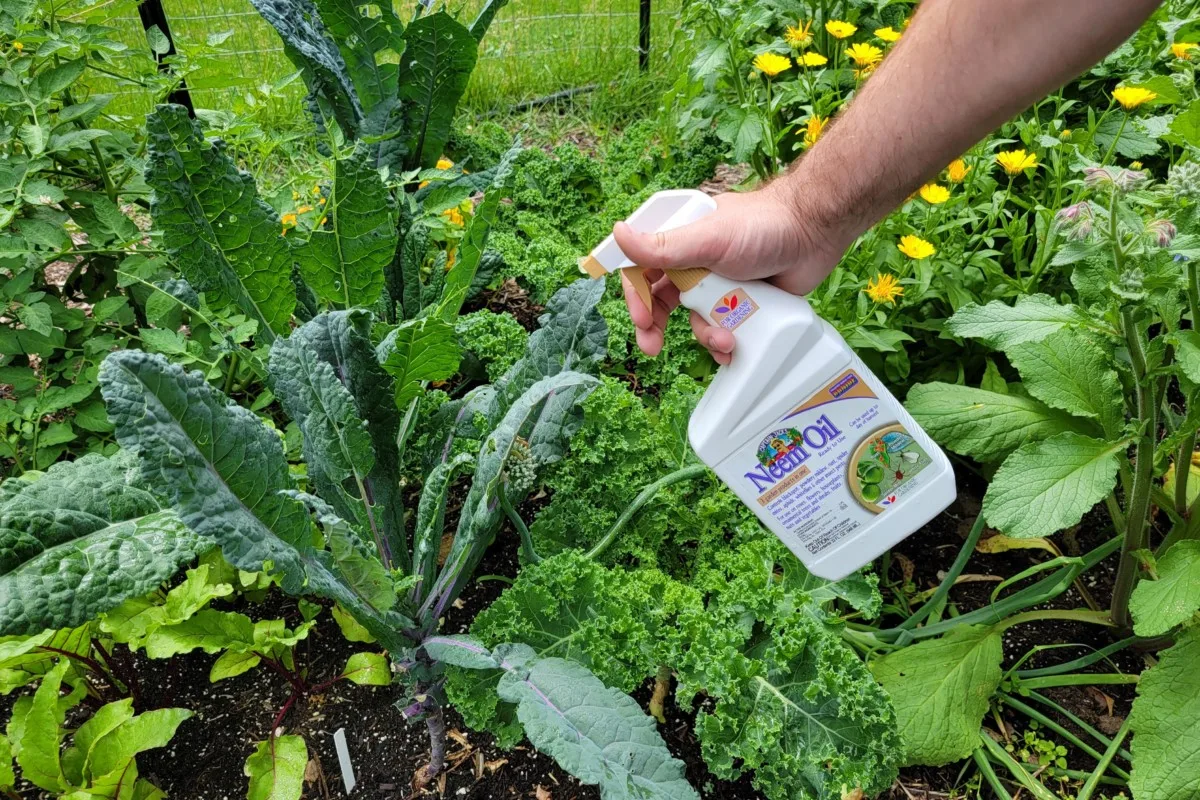
You can’t just swap out a chemical for a safer chemical. In the world of organic gardening, you need to look past the quick fix to get to the base of the matter. Which could be soil quality, your neighbor’s gardening habits or something often overlooked, such as too much rain – hello powdery mildew!
Even pesticides approved for use in organic agriculture can still cause harm to bees and other beneficial insects.
Read that last sentence again. And let it sink in. Pesticides do exactly what they say, they eliminate pests. They also take down a whole slew of other creatures with it.
In order to have success with organic gardening, you need to remember that plants are more resilient when they are happy and healthy. If your tomatoes are stressed, it’s only natural that some disease could potentially sweep in to knock them off their feet. If you’ve grown tomatoes unsuccessfully before, you know that tomatoes can have a lot of problems.
Organic pest control, rather than choosing the spray bottle at first alarm, starts with planting in the right location, sun or shade, depending on the vegetable being grown. It also begins with the quality of soil, mulch, compost, etc.
The same thoughts apply to fertilizers as well. Use only natural fertilizers in your organic garden.
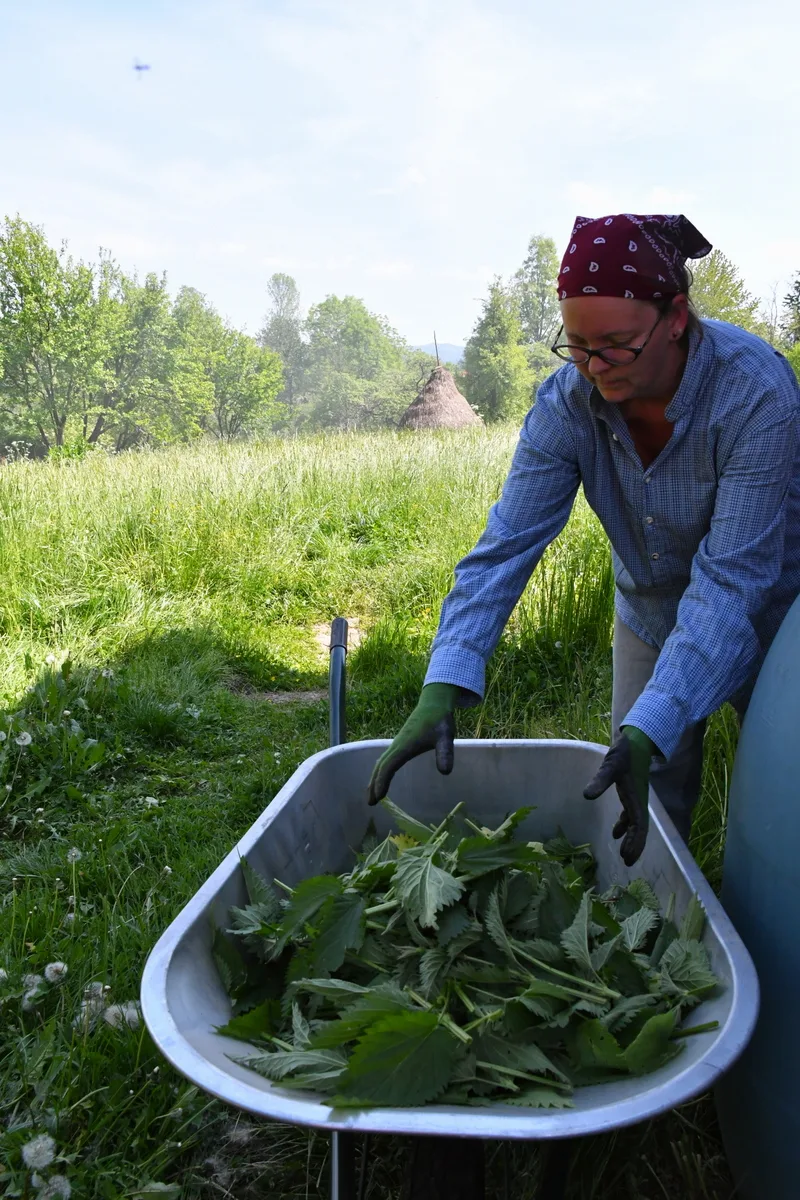
4. Dismissing Companion Planting as Hearsay
Here at Rural Sprout, we’ve published a growing collection of articles on companion planting.
If you are new to the concept of companion planting, that should be more than enough reading to get you started. Hopefully it makes you think that there really must be something to it.
In organic gardening, as we’ve already mentioned, you want your plants to be healthy, strong, beautiful and tasty. You can’t just toss several packages of random seeds in the garden (unless you’re planting a chaos garden!) and hope for the best. No, you actually have to work for it.
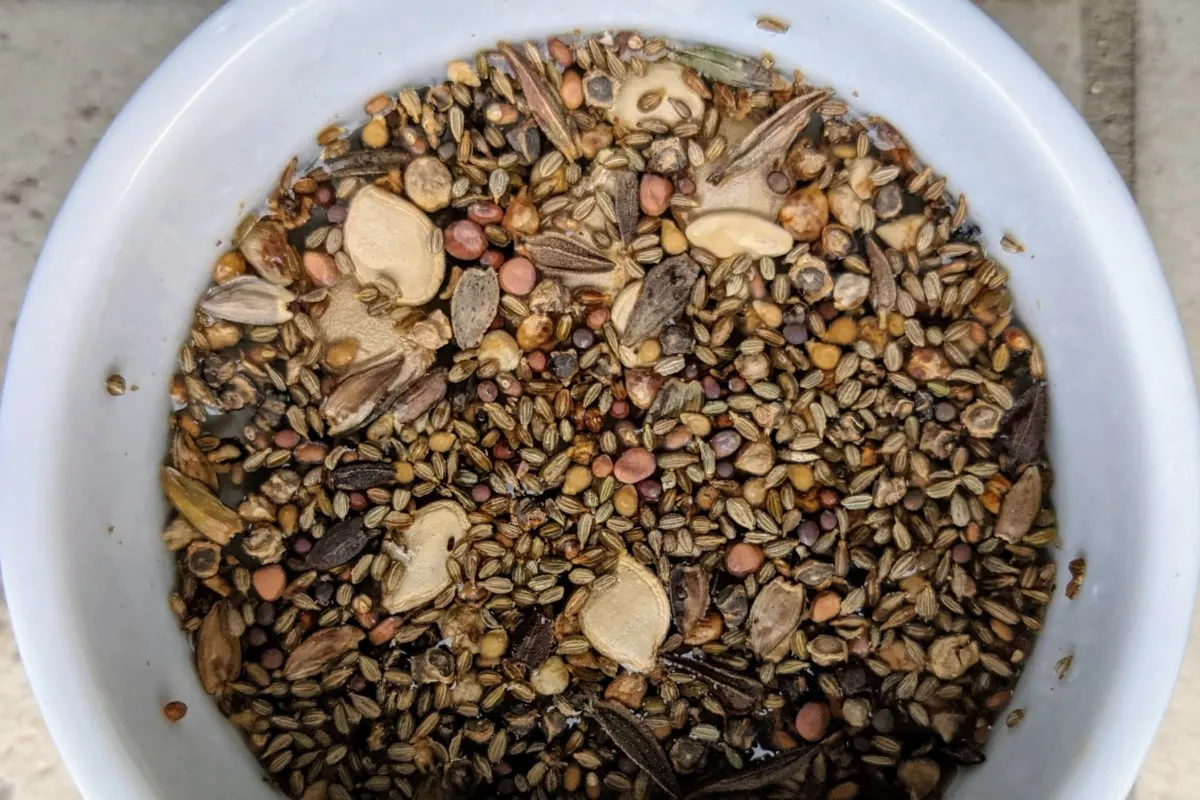
The benefits of companion planting, in short, include the following:
- saves space when plants are neatly arranged
- decreases pest issues
- attracts pollinators and beneficial insects
- improves the soil over time
- provides natural trellises, for example when pole beans climb corn – three sisters technique
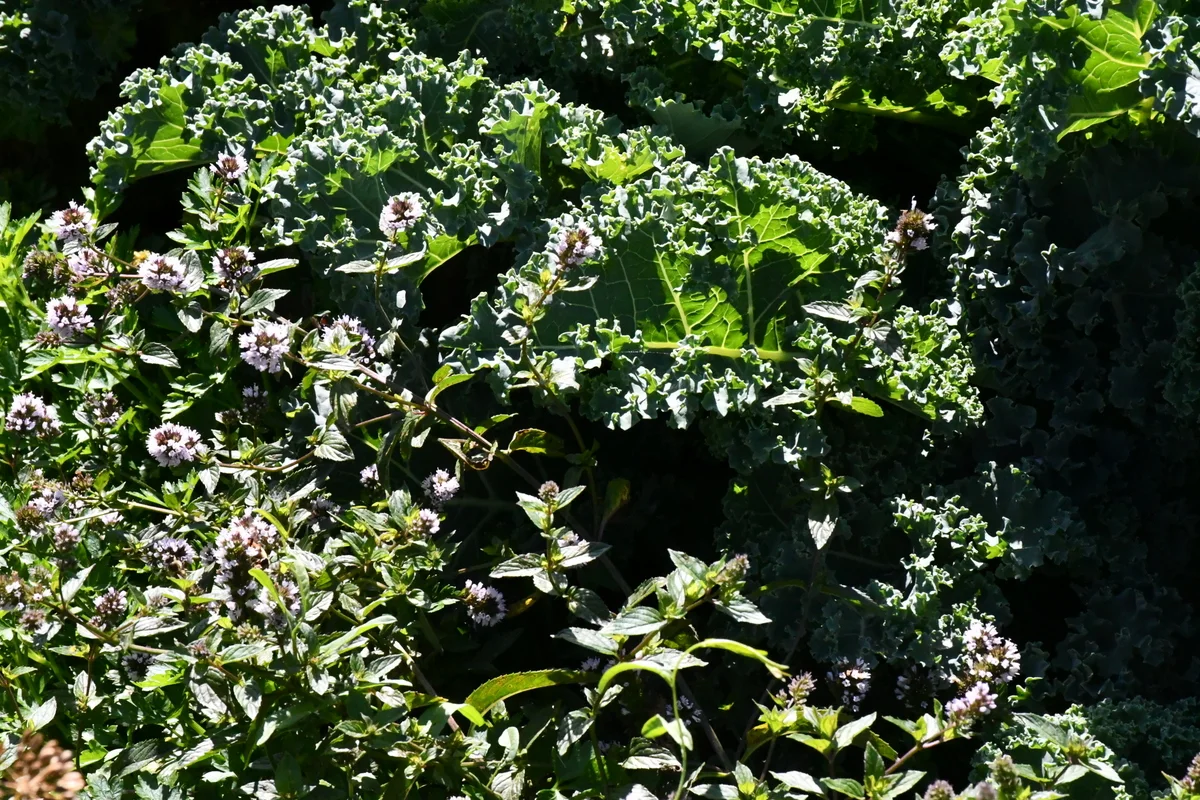
You can use companion planting in a conventional garden, yet you’ll reap even more rewards when you grow organically.
5. Wrestling With Nature, Rather Than Collaborating With It
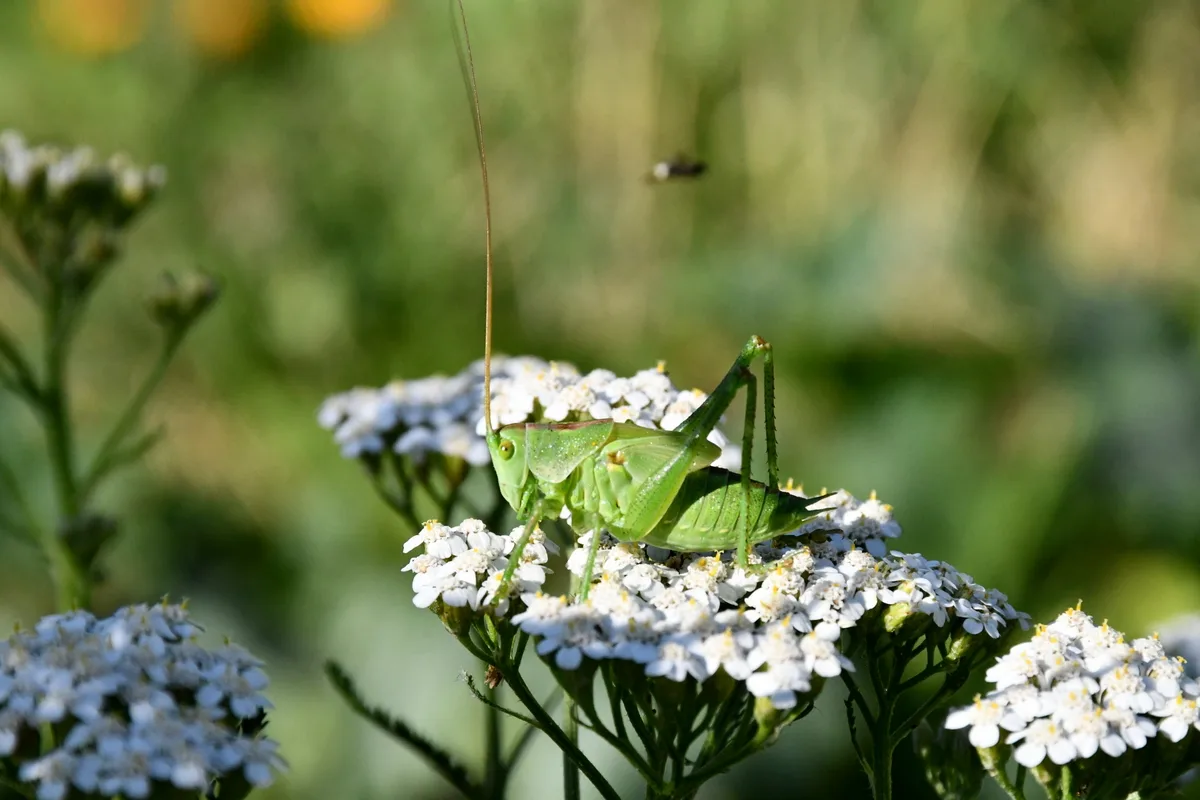
Most of us are more than willing to put up a good fight, especially when time comes around to harvest a bumper crop of tomatoes. But it doesn’t have to be so.
When we begin to understand the language of plants, we can become more attuned to their needs. In turn, this collaboration can also suit ours.
It’s quite simple, really. Let’s use tomatoes as an example.
Tomatoes adore full sun. There is no good reason to plant them in full shade and expect a bountiful harvest. It’s an uncomplicated matter of knowing a particular plant’s needs.
Within the “family” of tomatoes, there are more than 10,000 varieties to choose from. If you stick to growing the tomatoes known to thrive in your growing zone, your chances of success are pretty good. If you live in an area with a short growing season, but choose a tomato variety with 100 days to maturity, you’ve greatly reduced your chances of a ripe harvest, unless you’re using a greenhouse.
Here’s one last example that nearly every tomato-grower will face at least once in their life: tomato hornworms. Their unexpected appearance can be a bit unsettling, yet there’s no need to stomp all over them. Sometimes nature will come to your aid in the form of braconid wasps. Perhaps some ladybugs, lacewings or even birds will get in on the action of controlling the temporary hornworm population.
But then we need to consider that it’s only in the caterpillar stage that they are considered pests. When they grow up and spread their wings, they turn into a five-spotted hawk moth. A process which takes only three to four weeks.
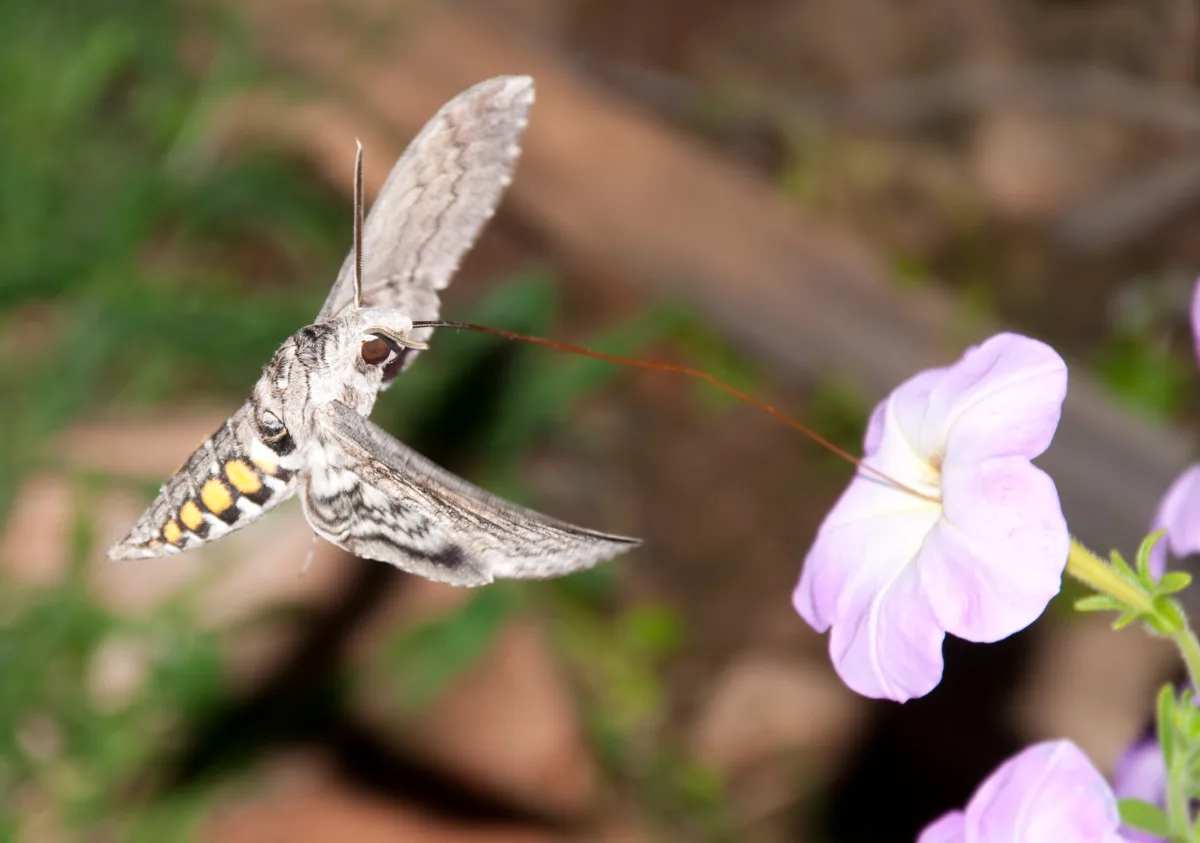
In the grand scheme of things, can’t we find it in ourselves to allow a beautiful beneficial creature to eat some tomato leaves from our garden before moving on?
Related reading: 24 Reasons Why Your Tomato Plants Are Dying & How To Fix It
6. Not Converting to a No-Dig Garden Soon Enough
In this article, you’ll have probably found enough reasons why you should convert your conventional garden to an organic one. This brings us to the last mistake that organic gardeners often make: not converting to a no-dig garden soon enough.
I could go on and on about this topic as it’s near to my heart. You should check out the following articles to find out why:
- 6 Reasons To Start A No Dig Garden + How To Get Started
- 20 Vegetables We Grow In Our No Dig Garden
- 7 Things Everyone With A No-Dig Garden Needs To Know
With each passing year, the soil keeps improving in our no-dig garden. With this come fewer weeds, better water retention, and nutrients building up in the soil.
It also means healthier crops.
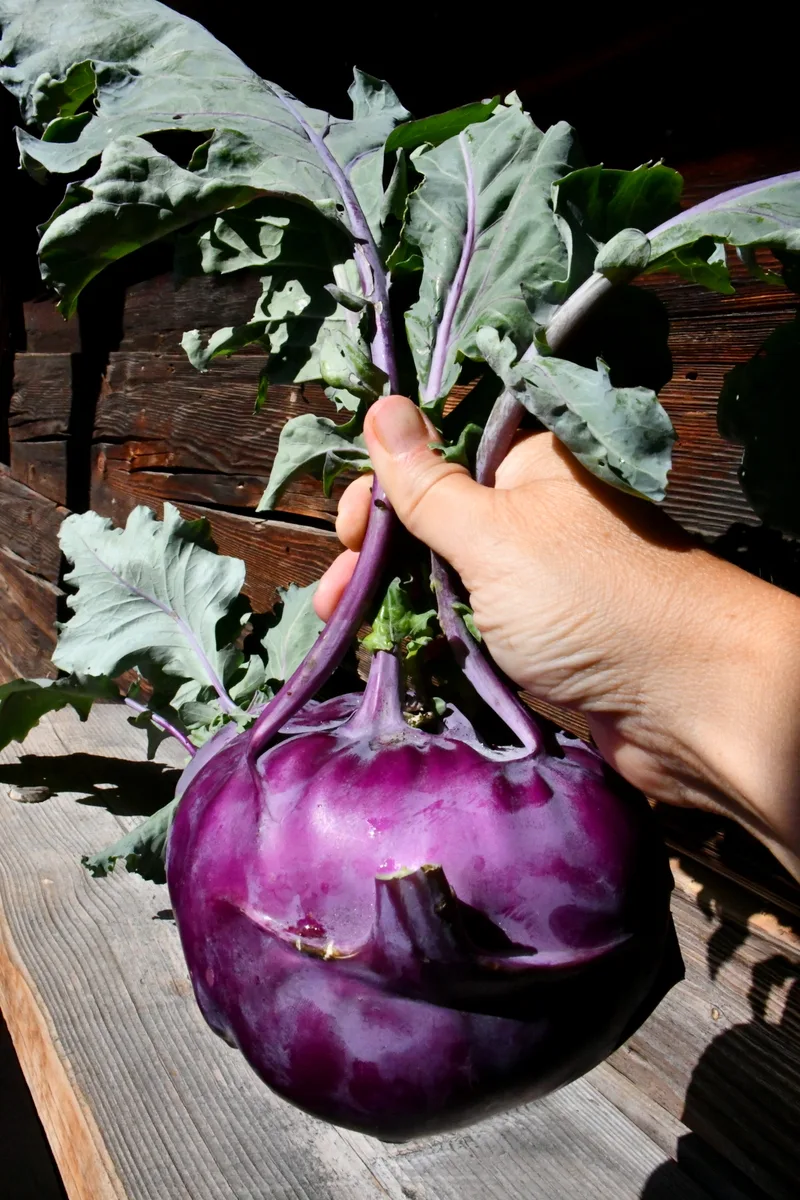
If you are looking to take your organic garden to the next level, stop digging the next chance you get. This can be at the end of the season; just make sure you apply a thin layer of mulch before winter sets in, then again as spring arrives.
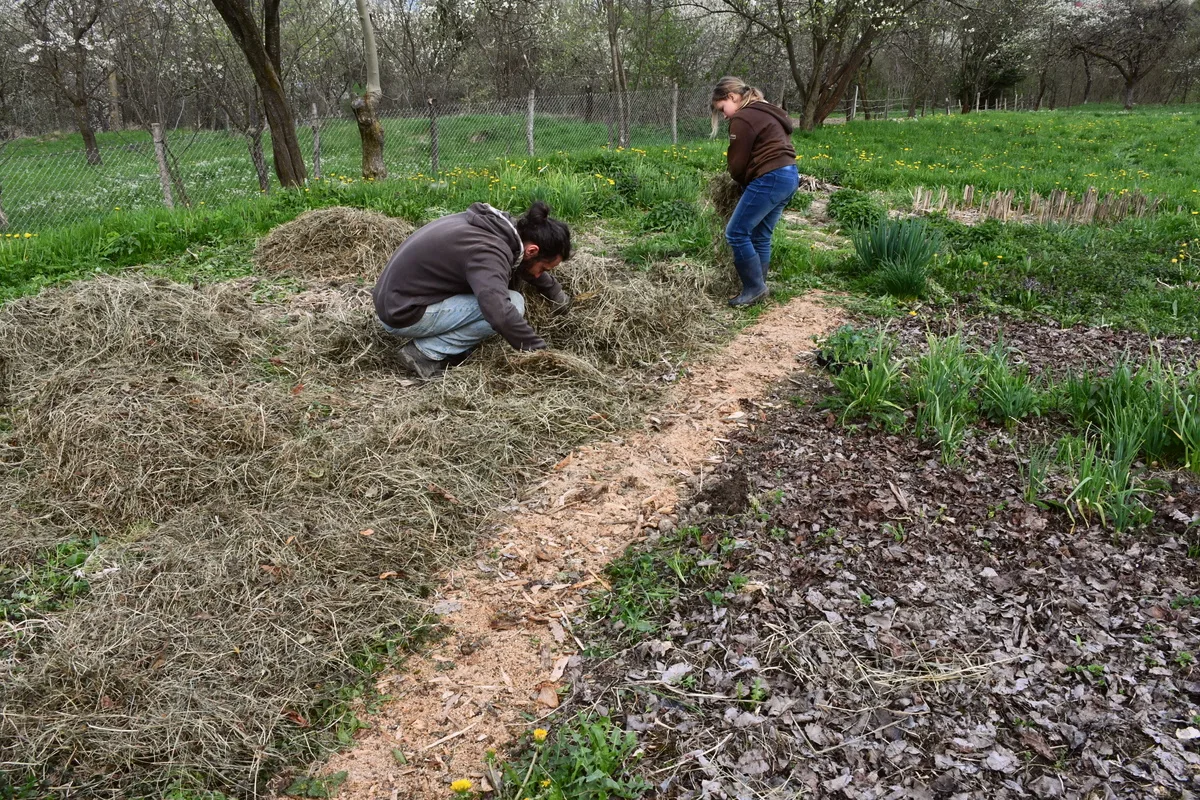
You can also start a no-dig garden in spring. Again, all it takes is mulch. It goes hand-in-hand with applying the principles of organic gardening.
When choosing to garden organically, be sure to remember you are doing this for the collective benefit of all. The birds, the bees, the moths, the worms and all other insects, all the way to moles, voles, hedgehogs, lizards and spiders. Your garden is also their garden. Share it, leaves, roots, fruit, seeds and all.

Get the famous Rural Sprout newsletter delivered to your inbox.
Including Sunday musings from our editor, Tracey, as well as “What’s Up Wednesday” our roundup of what’s in season and new article updates and alerts.

